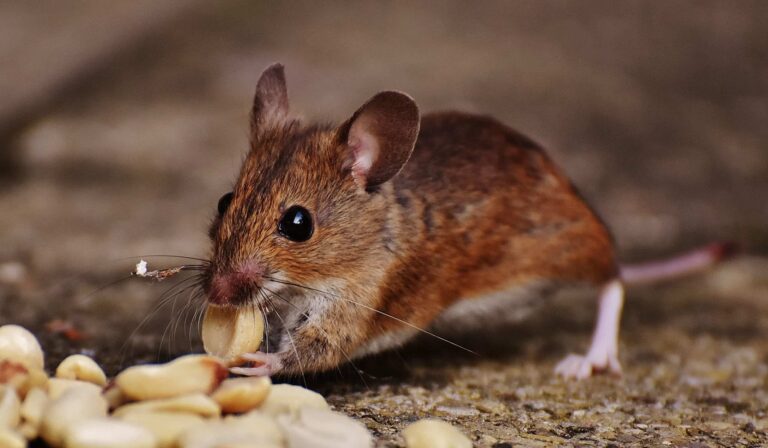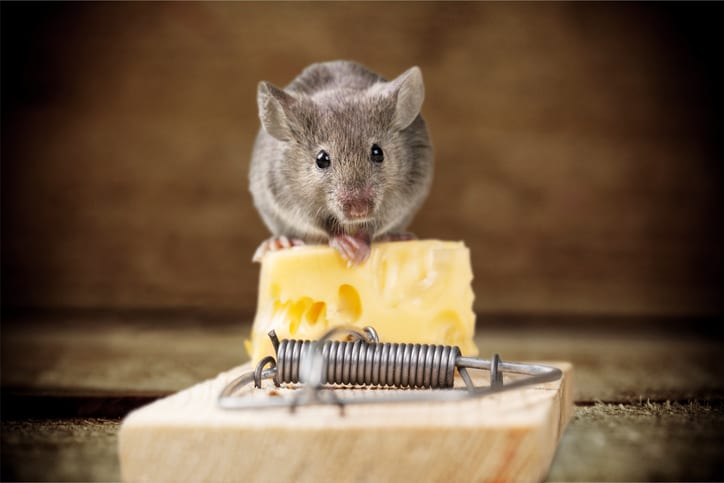A Small and Furry Fury
The pitter patter of tiny feet in your walls. Dark droppings in your kitchen cabinets. A gray-brown blur scurrying along your baseboards. All are telltale signs that you have a mice problem.
The house mouse, otherwise known as Mus musculus, is the primary cause of some of the most troublesome and costly pest issues for home and business owners. In fact, it’s a species that is so prevalent throughout the United States that it is 10 to 20 times more common in infestations than rats. And while it’s native to wooded areas and fields, even the less common deer mouse can be an equally challenging nuisance when it finds its way into the places where people live and work. Both species are actively seeking warmth around this time of year, so homes and offices with easy entry points are often targeted as safe havens.
Mice Facts
- Mice can squeeze through an opening that’s about ¼ inch in width.
- Favorite access areas are garage doors and any place where plumbing and conduit enter the structure.
- They forage only short distances from their nest (10-25 feet) so they like to live in areas where food sources are nearby.
- Female mice may have 5 to 10 litters of 5 or 6 young.
- Their lifespan is 9 to 12 months.
Mice contaminate food and carry diseases. So if you see evidence of them in your home or office, it’s important to let experts in trapping and baiting—like our pest pros—handle the problem. We know how to effectively control mice through sanitation, exclusion and population reduction, and we’re always happy to help. So give us a call. In the meantime, you can take the following preventative measures.
- Clean up. Good sanitation won’t get rid of an existing mice problem, but a poorly kept space is sure to attract them.
- Always store pet food and grass seed in solid containers.
- In the kitchen, keep food in sealed containers and get rid of any food particles on the floor or in cabinets.






